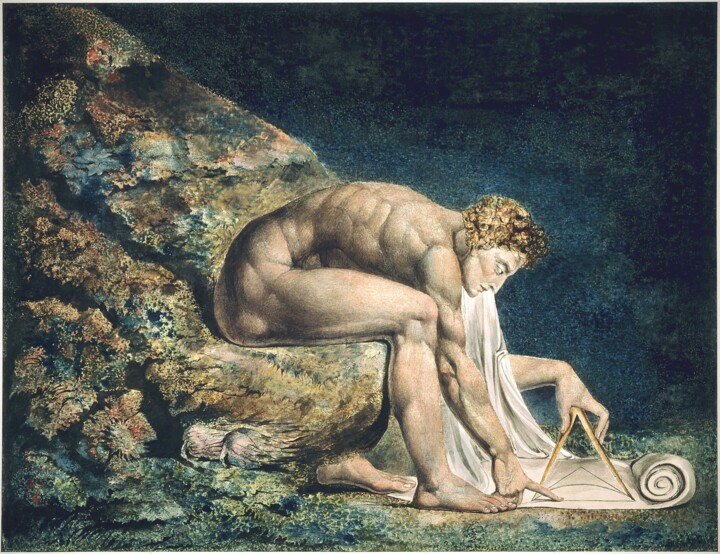"Fine-Arts" prints on paper
It is a process of printing on art paper using very high-quality pigment inks and printed in very high definition. Its level of conservation is exceptional (more than 100 years), its quality, depth, and richness of nuances exceeds the classic photo print on Argentic paper.

Glossy finish
Apart from its exceptional thickness, the fiber paper is composed of an alpha-cellulose base without acid and it is covered with barium sulphate, and a microporous layer absorption enhancing pigments during printing. A pure white color, non-yellowing to light, this paper is especially designed for resistance and aging. It is used by major museums worldwide as it offers excellent resolution, rendering deep and dense colors.
Art Print "Fine Art" - Glossy finish on a fiber base paper 325 g.

Our high end prints and reproductions
ArtMajeur only uses natural papers with neutral pH, resistant, and of high quality, selected from renowned papermakers!
Constant attention is paid by our master printer, whether in terms of color control or respect for the graphic chain. Our high level of quality requirement is a major asset of ArtMajeur framed art prints.
For Artists! You help artists to live from their work. They receive royalties everytime you buy their prints.
About our fine prints-
Original Artwork
Printmaking,
Monotype
- Dimensions Height 18.1in, Width 23.6in
- Framing This artwork is not framed
- Categories Symbolism Men portraits
Le physique de Newton est idéalisé, rappelant les sculptures classiques, soulignant ainsi le contraste entre la pureté de la science et la complexité de la nature qui l'entoure. Sa concentration est intense, les yeux fixés sur le travail de mesure qu'il effectue, ignorant ou excluant tout le reste autour de lui.
L'arrière-plan est riche en textures et en couleurs, avec des formes rocheuses et une faune marine qui suggèrent le fond d'une mer ou d'un océan, évoquant le monde naturel complexe et riche que les approches scientifiques tentent de comprendre et de quantifier. Cette nature est peinte avec un niveau de détail qui contraste fortement avec la simplicité géométrique des formes que Newton trace.
Related themes
William Blake (1757–1827) was an English poet, painter, and printmaker, regarded as one of the most significant figures in the history of British literature and art. Born in London, Blake was the third of seven children in a working-class family. From a young age, he displayed extraordinary artistic talent, which led him to be apprenticed to an engraver at the age of 14.
Blake's artistic career flourished as he developed a unique style that combined poetry and visual art. He is perhaps best known for his illuminated manuscripts, which featured intricate engravings and hand-painted illustrations. His most famous works include "Songs of Innocence and of Experience," a collection of poems exploring the duality of human nature, and "The Marriage of Heaven and Hell," which presents his radical philosophical ideas.
Throughout his life, Blake remained largely unrecognized and unappreciated by the mainstream art and literary establishments. His visionary works often conveyed his deep spiritual beliefs and criticism of societal norms. He was influenced by various philosophical and mystical traditions, including Neoplatonism, Christianity, and the ideas of Emanuel Swedenborg.
Blake's themes of innocence, experience, and the struggle between good and evil resonated deeply in his works, and he often depicted biblical figures and scenes infused with his unique symbolism. His artistic philosophy emphasized the importance of imagination and creativity as pathways to spiritual and personal liberation.
Despite his struggles for recognition during his lifetime, Blake's legacy has endured, and he is now celebrated as a precursor to the Romantic movement and a significant influence on later artists and writers. His work has inspired countless interpretations and adaptations, and his vision of a world transformed by imagination continues to resonate with audiences today. William Blake passed away in 1827, leaving behind a rich legacy of art and literature that still captivates the imagination.
-
Nationality:
UNITED KINGDOM

- Date of birth : unknown date
- Artistic domains: Represented by a Gallery,
- Groups: Contemporary British Artists Artists presented by a gallery









